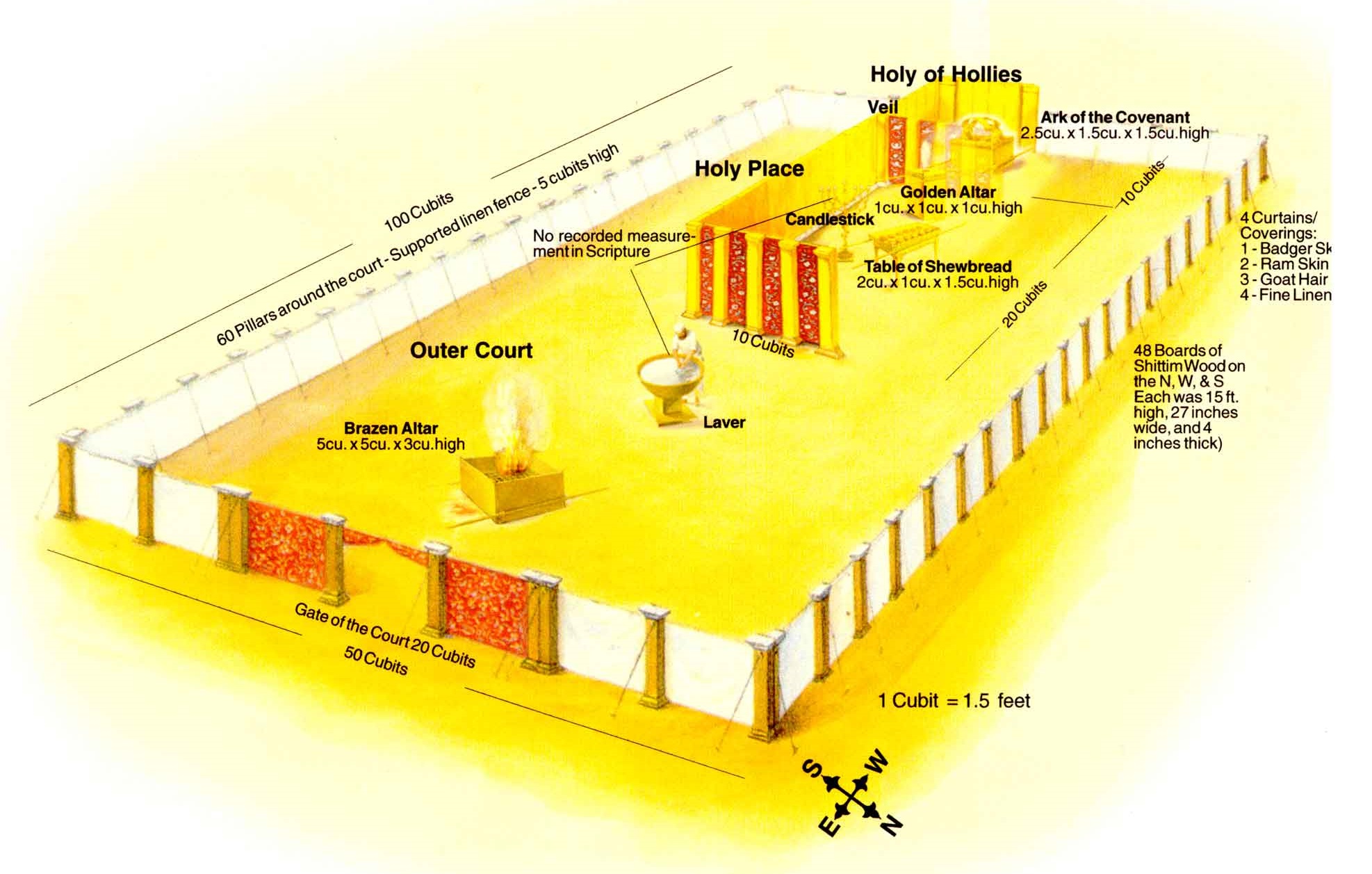Parshat Terumah contains what is essentially the blueprint plans and instructions for the Layout, building, and furniture, of the Mishkan. The preservation and inclusion of all these detailed plans for eternity in the Torah at full length is somewhat curious. Plans are usually drawn up by the architects to instruct builders how to build, and discarded as soon as the building is put up and finished. What point does saving the plans serve after that?
Imagine entering a beautiful and important building and finding on the wall in the lobby all the blueprints and plans for the building framed on the wall, Or going to a fancy restaurant, and finding the recipes and instructions how to make each dish on your plate, on each plate. Why would I be interested in this you would ask, I am looking for the finished product, not for the instructions how to get there.
Therein lies one of the great secrets of Jewish continuity. The Mishkan is a symbol for the entirety of the Jewish project, The project of creating the conditions for God to live in our midst, right here on this earth, to create a sanctuary for the Divine in our lives.
In Judaism, there is never a time where we lean back and say ok we have finished building our religion, our sanctuary for god to rest in us, now let’s use it, enjoy it. Jews never become merely consumers of their Beit Hamikdash, of their way of life set up previously. We are always still building our community, still going back to the planning board and discussing the instructions, what is the Halacha for this, perhaps we should do it a bit differently, we are always discussing, always planning, always figuring out what and how we need to do. Building the mishkan never ends, and so every year we re-read the plans, discuss them again, find new and better ways to create our place for the dwelling of the Shechina (Divine presence) in our midst.
Be Jewish. Always be at the drawing board.
